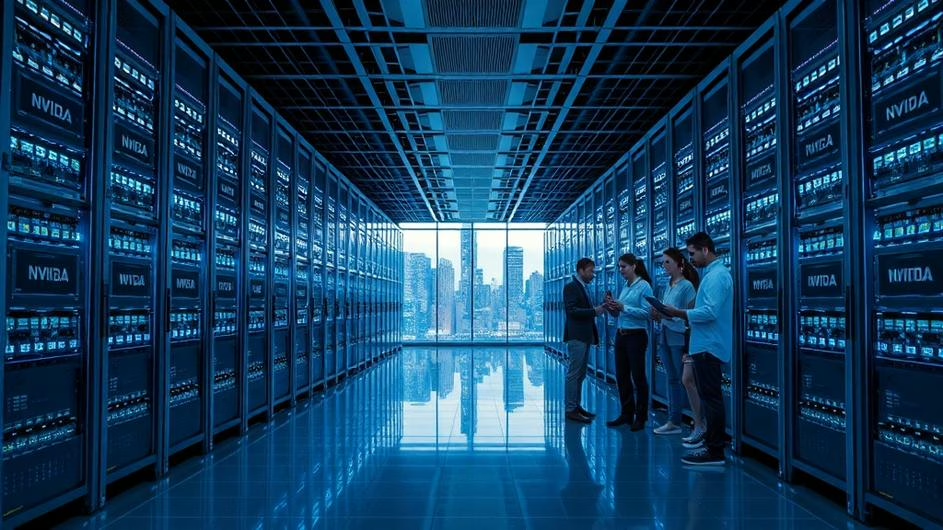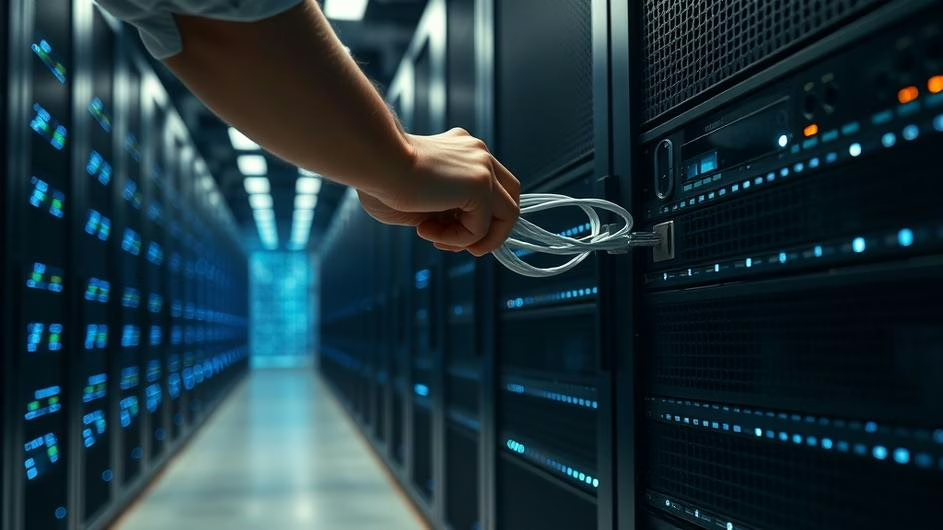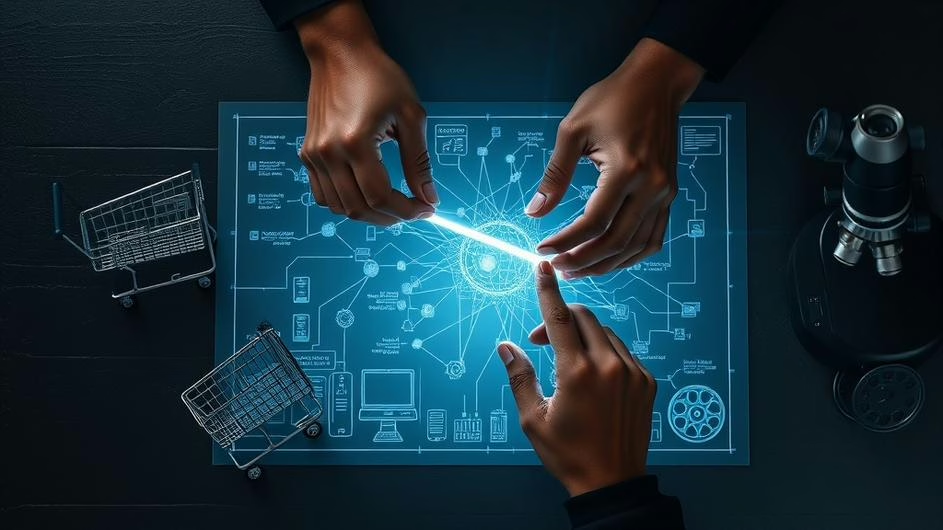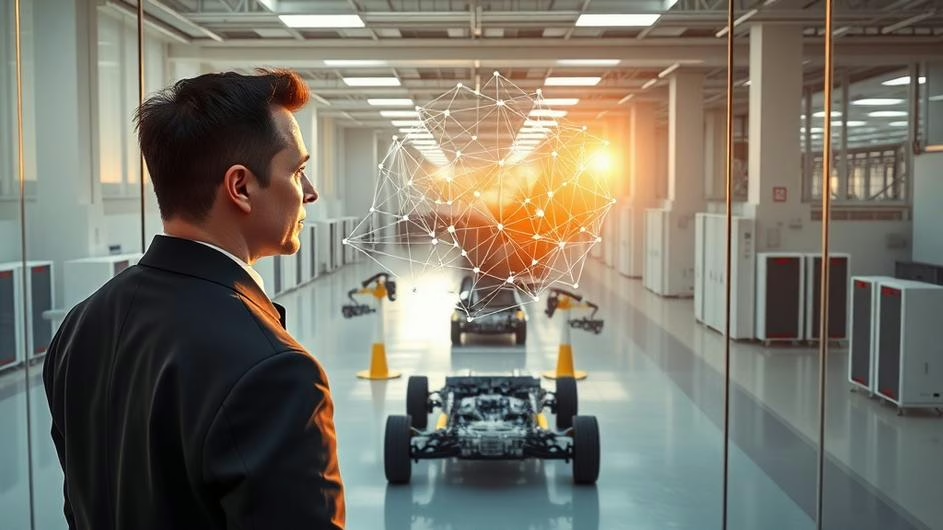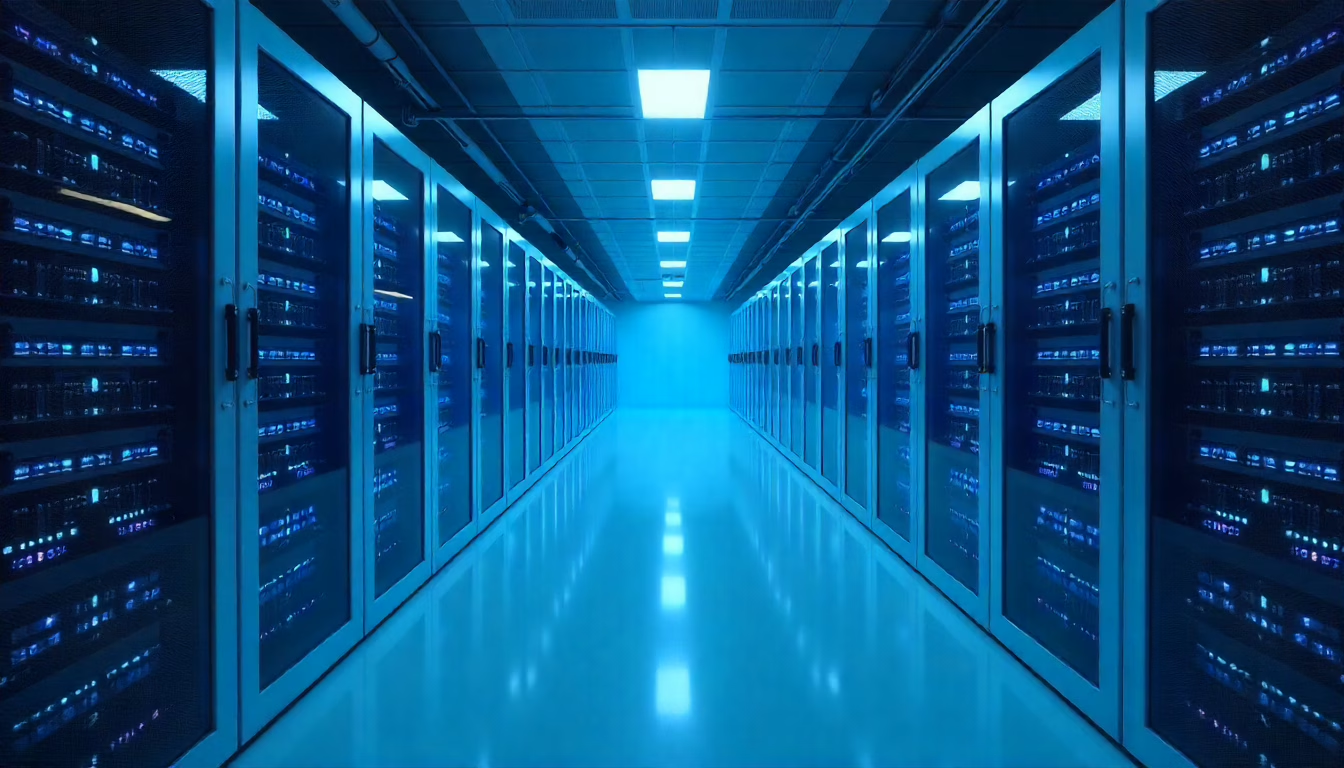
Edge Computing Redefines Industry Boundaries: From Smart Farms to AI Factories
Something big is happening at the edge of our networks, and it’s not just another tech buzzword gaining momentum. Edge computing has quietly evolved from a supplementary cloud technology into a core driver of industrial transformation. Think about it: when was the last time you heard about a major deployment that didn’t involve bringing computation closer to where data gets generated?
The shift is most visible in agriculture, where smart technology adoption has accelerated beyond what most analysts predicted. Recent market data shows farms are integrating everything from edge processors and networking hardware to AI-powered analytics platforms that can process crop data in real time. These aren’t just fancy sensors collecting dust in a database somewhere. They’re deployed strategically across fields and greenhouses, making split-second decisions about irrigation, monitoring livestock health, and automating equipment without waiting for cloud connectivity.
What makes this particularly interesting is the connectivity layer. We’re seeing classical Wi-Fi and Bluetooth working alongside specialized LPWAN technologies like LoRa and NB-IoT. It’s like watching the internet finally reach places that were previously considered unreachable. For developers and AI engineers, this represents a massive opportunity to build solutions that work in environments where every millisecond matters.
But agriculture is just the beginning. The energy sector is dealing with something much more complex: how do you manage a power grid that’s increasingly reliant on distributed renewable resources? Traditional centralized control systems weren’t built for solar panels on every rooftop and electric vehicles that can push power back into the grid.
Grid Edge Technologies Transform Energy Infrastructure
Grid edge technologies are essentially rewriting the rules of power distribution. Instead of managing everything from central command centers, utilities are deploying intelligent systems at the network’s edge. These range from behind-the-meter devices in residential settings to massive community microgrids that can operate independently when needed.
The implications go way beyond just keeping the lights on. When you combine edge AI capabilities with renewable energy management, you get power infrastructure that can predict demand spikes, automatically balance loads, and even optimize energy trading in real time. For crypto miners and blockchain validators who depend on reliable, cost-effective power, this evolution could be game-changing.
Telecommunications companies are making equally bold moves. T-Mobile’s recent launch of Edge Control and T-Platform represents more than just new product announcements. These 5G Advanced solutions let enterprises tap into private network benefits without the typical infrastructure headaches. Edge Control routes data between endpoints, servers, and compute resources, enabling companies to run AI applications where the data lives instead of shipping everything to distant data centers.
What’s particularly clever about the 5G Advanced approach is how it integrates AI directly into the radio access network and core infrastructure. Dynamic resource allocation and predictive optimization aren’t just features, they’re fundamental to how these networks operate. This means enterprise customers get lower latency and adaptive performance that adjusts based on actual workloads, not theoretical specifications.
AI Integration Reaches the Device Level
The architectural changes happening in telecom infrastructure mirror what we’re seeing across other industries. Functions that previously required centralized processing can now be distributed through what engineers call “off-ramps” to the edge. It’s a fundamental shift that makes highly localized, intelligent networks not just possible but practical.
At tech showcases like Taiwan’s Innotech Expo, we’re getting glimpses of where this is all heading. Government-backed research institutes are demonstrating large-scale AI model edge computing platforms, AI-powered clothing sorting systems, and healthcare applications that would have seemed like science fiction just a few years ago.
The clothing sorting system is particularly telling. Using multi-spectral imaging and AI recognition, it can automate fiber sorting for recycling with accuracy that beats human workers. But here’s the key: all the processing happens locally on edge devices. No cloud dependency, no latency issues, no privacy concerns about sending proprietary data off-site.
For healthcare applications, this local processing capability opens up possibilities for treatments like depression therapy equipment that can adapt to patient responses in real time. The therapeutic algorithms run on dedicated edge hardware, ensuring patient privacy while delivering personalized treatment protocols.
The Convergence with Blockchain and Web3
Here’s where things get really interesting for the crypto and blockchain community. Edge computing creates the perfect environment for decentralized applications that need to process transactions and execute smart contracts with minimal latency. Imagine DeFi protocols running on edge nodes, or NFT marketplaces that can verify and transfer digital assets without relying on centralized cloud infrastructure.
The farming applications we mentioned earlier? They’re perfect candidates for blockchain integration. Supply chain tracking, carbon credit verification, and automated crop insurance payouts all become more practical when you have edge devices generating verified, timestamped data directly from the source.
Similarly, the energy sector’s grid edge technologies could revolutionize how we handle peer-to-peer energy trading. Smart contracts could automatically execute energy trades between neighbors based on real-time production and consumption data, with settlement happening on Web3 infrastructure that doesn’t depend on traditional financial intermediaries.
What we’re witnessing isn’t just technological evolution, it’s the emergence of a new computing paradigm. Edge devices aren’t just endpoints anymore, they’re intelligent nodes capable of making autonomous decisions, executing complex algorithms, and participating in decentralized networks.
For developers, investors, and policymakers, the message is clear: the edge represents the next frontier for innovation. Whether you’re building AI applications, designing blockchain protocols, or creating IoT solutions, understanding how to leverage edge computing capabilities will determine success in the coming years.
The fusion of edge computing, AI, and next-generation connectivity isn’t just changing individual industries. It’s creating the foundation for a more responsive, resilient, and autonomous digital infrastructure. From smart farms to AI factories, the applications are limited only by our imagination and willingness to rethink how we design and deploy technology solutions.

Sources
- “Smart Agriculture Edge Computing Devices Market Opportunities,” openPR.com, 24 Oct 2025
- “Grid Edge Technologies Market Size, Report by 2034,” Precedence Research, 24 Oct 2025
- “MOEA DoIT Showcases 65 Cutting-Edge Technologies at TIE,” OCAC News, 21 Oct 2025
- “T‑Mobile launches two new 5G Advanced strings to its bow,” Telecoms.com, 21 Oct 2025
- “T-Mobile US details hybrid private 5G-Advanced strategy,” RCR Wireless, 22 Oct 2025


